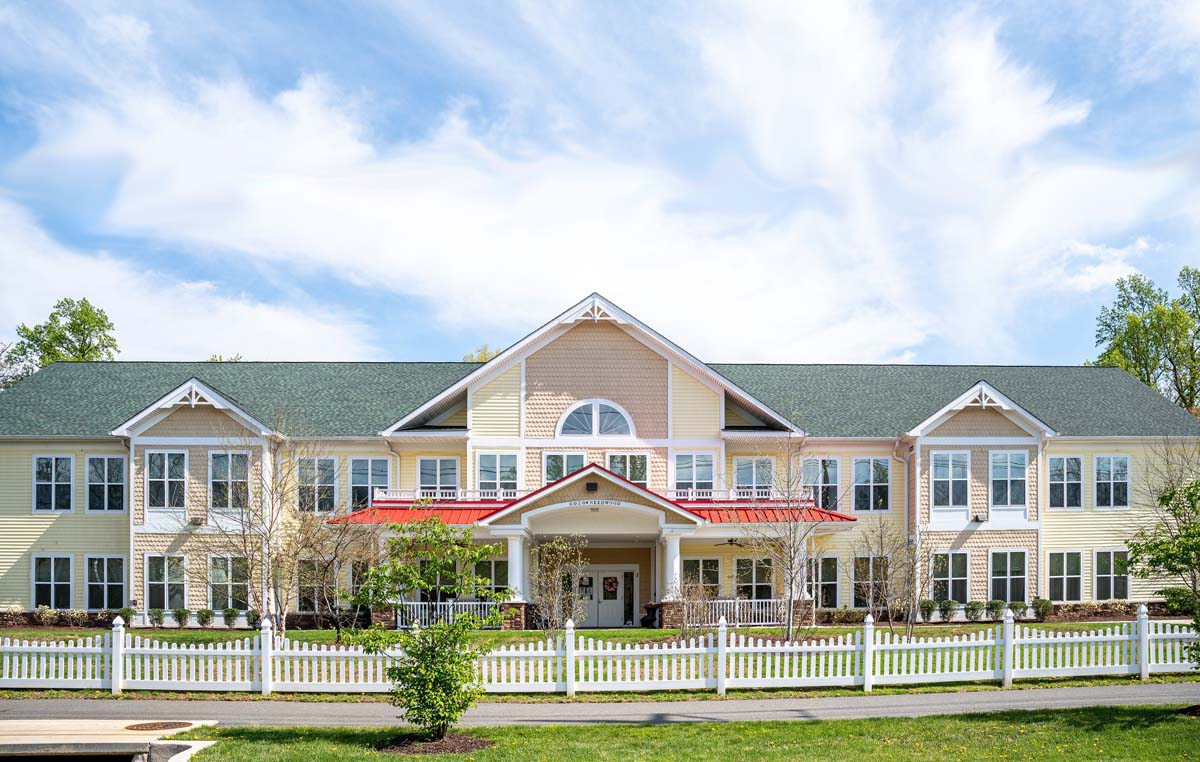Human attitude towards growing old has always been one of resignation. We accept aging as part of life, the way life is supposed to be. Along with growing old, probably we have come to expect poorer health. We see sickness as part of what it means to age. According to current estimates, 80 percent of people over the age of 65 have at least one chronic illness, and 68 percent have two or more chronic illnesses. However, in recent decades, scientists have begun taking a new approach to thinking about and dealing with aging. They are challenging the idea that deteriorating health is a necessary accompaniment to getting old. They have introduced the concept of “health span”, that is, the number of years that a person can expect to live a healthy, disease-free life.
Scientists have identified certain “hallmarks” of the aging process, such as a buildup of changes in the structure of genes, the loss of the ability of cells in the body to communicate with one another, an accumulation of damaged and used-up cells in the body, and so on. Scientists at the Institute for Aging at Albert Einstein College of Medicine in New York, and private companies such as Juvenescence, are investigating ways in which to control these “hallmarks” and prevent them from occurring in the first place as we advance in years. They have discovered, we already have substances and drugs that are used for other purposes that can be used to counteract the effects of aging. For example, a drug called Rapamycin is given to patients receiving an organ transplant to aid in preventing organ rejection. In small doses, this drug has been shown to slow down aging in several animal trials. Another drug, Metformin, which is used to control Type 2 diabetes, has shown signs of being beneficial in preventing some of the age-related conditions.
One widely available substance that counters the effects of aging is the compound known as Quercetin, a type of dietary flavonoid found in brightly colored fruits and vegetables. It occurs in abundance in purple or black grapes, apples, all types of berries, kale, red onions, broccoli, buckwheat, green tea and some other common food items. It is an antioxidant that combats what are known as “free radicals” in our bodies and cause oxidative stress. Normally, our immune system takes care of removing the old “dead” cells from our bodies, but as we age, our immune system becomes weaker and becomes less active, and these old, dead cells accumulate in our bodies causing inflammation. Quercetin helps to get rid of these old, dead cells so that the properly functioning cells can do their job more efficiently. Quercetin also helps to maintain healthy blood sugar levels and regulate blood pressure, both of which are associated with diseases such as diabetes and high blood pressure, common among the elderly.
The idea is now taking hold that age-related diseases need not be treated reactively, that is, after the disease has manifested itself, but can be treated proactively, through a preventative approach. In this approach, a blood test would be used to find out how fast you are aging and which diseases you are most likely to develop because of this aging process. Your family doctor would then prescribe the appropriate drugs to slow down the aging process and prevent those diseases that a likely to develop. This approach looks at aging as a treatable condition like any other medical condition, rather than as an unavoidable aspect of advancing in years. By maintaining a diet that is rich in substances such as Quercetin, and with the help of commonly available drugs prescribed by your family doctor, someday soon it will be possible to increase your health span and live to a “ripe old age”, relatively free of disease and enjoying an active and productive “old age”
Veena J. Alfred, PhD., Certified Dementia Practitioner
CEO/Administrator





